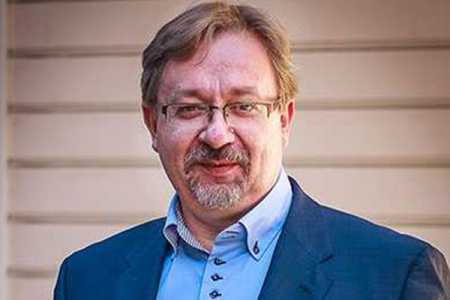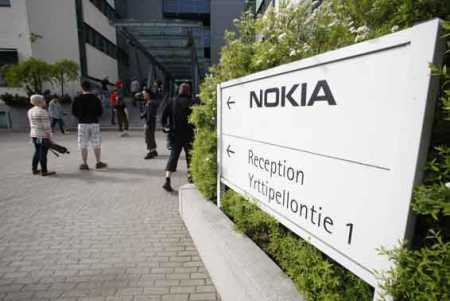Tue, 05 Jan, 2016 02:23:11 AM FTimes Report, Jan 5
In the four years since the redundancy wave, companies born from the ruins of Nokia and companies undergoing transformation in Oulu now have almost as many employees as during the Nokia years.
“The IT sector in Oulu now employs over 7,000 workers. The figure is about the same before Nokia’s layoffs,” said BusinessOulu Executive Director Juha Ala-Mursula. Furthermore, the retail giant Stockmann announced that it was shutting down its store in Oulu due to a purchasing power decline in the region.
Since then Nokia’s Bridge programme and the City of Oulu development enterprise BusinessOulu have developed a number of promising start-up companies. Oulu has transformed to become a kind of information technology hub for the financial sector where mobile banking services are developed. The shadow for Oulu is the high unemployment rate of 17 per cent which before the redundancies by Nokia was under 10 per cent.
IT professionals now are sought for in the same way as in early 2000s when Nokia was on top. At that time, Nokia employed 4,800 workers in Oulu and about 2,000 subcontractors. Nokia Still has a base station in Rusko, Oulu which employs about 2,500 workers. Under the gloom of winter, lights are on again at Elektroniikkatie which was formerly known as the headquarters of Nokia’s mobile phone development in Oulu. It is the latest part of Oulu technology village whose high office arrays are visible when one drives in Oulu Linnanmaa’s university area towards north. Another Nokia unit is located along the highway on the outskirts of the city centre in Peltola –south of Oulujoki. “The occupancy rate of Linnanmaa offices and work-spaces is at 90.5 per cent and 95 per cent in Peltola area,” said Marko Lind, director of Oulu operations at Technopolis. Both have nearly 38,000 square metres of business space. “The parking lots are starting to have cars as much as during Nokia’s best years. Every now and then one come across old colleagues who currently work in a number of small enterprises,” said Creoir Ltd Chief Executive Officer Pekka Väyrynen. Väyrynen previously worked in a senior position at Nokia Mobile Phones Oulu product creation. The last one was the Meego N9 mobile phone. Creoir’s first client was Jolla of which Meego was based on. Creoir Ltd is one of the many companies which have spawned from the Nokia’s Bridge programme. The 15-person company was established in 2012. It is a company which designs and creates tailored digital services and devices for the consumer market. Väyrynen walks to the furthermost corner of his workplace located at Elektroniikkatie’s Smart House premises where formerly Nokia and later Microsoft testing laboratories were based. Currently, Verkotan Ltd is based on the same premises. Verkotan Ltd provides outsourced testing services for device manufacturers and telecom operators in four testing chambers the size of a living room. The company purchased environmental and testing devices necessary for operations from Microsoft as well as licensing of certain required software. “The clients are manufacturers of wireless products, telecom operators, wireless manufacturing research and development companies as well as companies which test systems,” said Kari Komonen, CEO at Verkotan Ltd. He led the same laboratory in the past but under Nokia’s payroll. Verkotan’s project manager Miia Nurkkala sticks Creoir-developed smart phone onto the ear position of a plastic skull christened Sam. Sam is an international standardised test-head. “We test how radio waves make headway in the room and how they move when the mobile phone is on the human's ear. The liquid in the test-head reacts to radiation like brain of the human being,” said Nurkkala. How strong the mobile phone signal should be to connect to the base station is also examined in the laboratory. “This is the best radio wave testing laboratory in Finland. The closet one can be found in the United Kingdom,” said Nurkkala.
Creoir was responsible for the design of the new smart phone under the brand name Marshall which went on sale in the summer. It was commissioned by Zound Industries. “The companies formed after Nokia have so much expertise, here anything can be done with wireless devices from the drawing board until production,” Väyrynen said. The growth potential of Oulu is also high, as “Compared to other towns, Oulu has an exceptionally low residents’ average age of 37. Furthermore, 33 per cent of the population is highly educated,” said Oulu Mayor Matti Pennanen.
More News
|
|
Finland Times
| Saturday, 17 January, 2026 |



